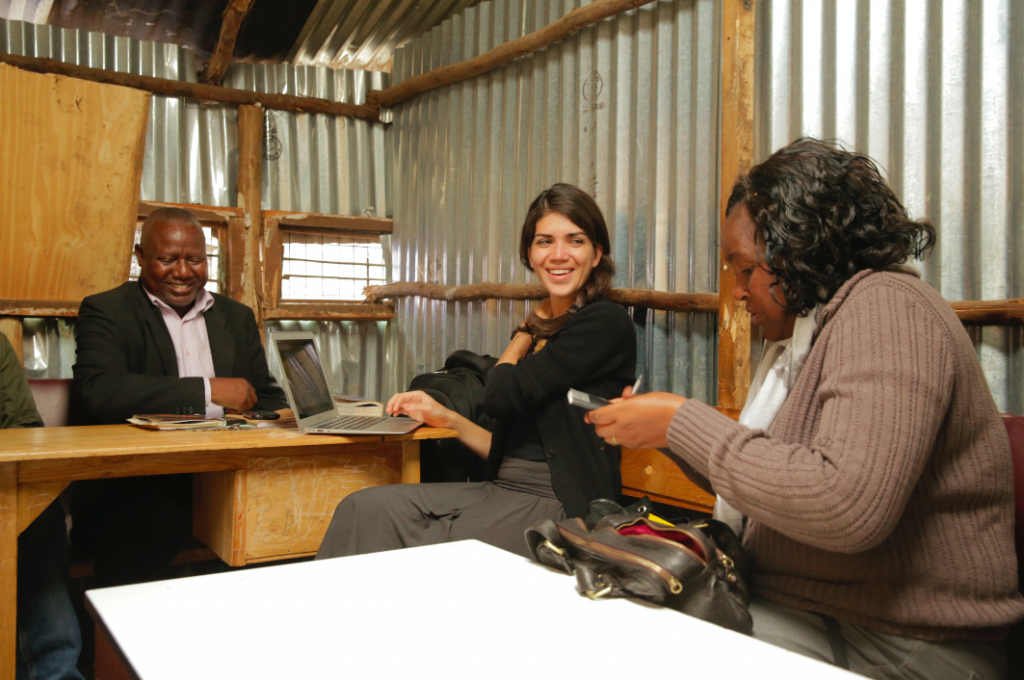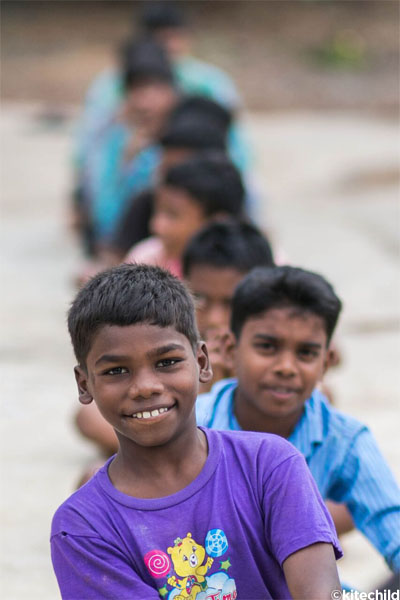It Takes A Village
Sometimes that village includes an orphanage, a school, a rescue center, a feeding program. Sometimes it includes volunteers, both foreign and from the local communities, engineers and project managers. Sometimes the village is located in a slum, on a farm, deep in a jungle, in a high rise in New York city, or a small office in West Hollywood. There might even be a member of that village in your own home. However the village is comprised, everyone’s heard the saying, “It takes a village to raise a child.”
Sometimes mom and dad pass away, sometimes they become too ill, sometimes there is not enough food, and unfortunately, sometimes not enough love. There are a myriad of complicated reasons why children end up at risk, so much so that they are placed in an orphanage, often by heartbroken parents who feel as if they have no choice, or by government officers who don’t know where else to send a child they find on the street.
I’ll admit, when we first embarked on our journey to start Kitechild and help these children, we thought that orphanages were the only choice they had, so we started there. And our thoughts were in a way true: orphanages are often the only choice for an at-risk child, because in the countries we work in, there are no alternative child protection services. No CPS, and little to non-existent foster care or adoption. After 6 years of research and being in the field, we know that an orphanage is only one option out of many, and at the end of the day, should be considered a last resort. But until better solutions start being implemented, for many children, it’s either an orphanage or the street.
Orphanages are currently getting a (rightly deserved) harsh scrutiny in the media. Many organizations are working to shut them down. We agree that they should be the last resort for children, but we think that a safety net must be put in place before we shut them down. Otherwise, children end up on the streets, end up being trafficked, abused, either in their homes or as runaways. They end up becoming malnourished or dropping out of school, when parents cannot afford to provide their basic needs.
So, how did we start brainstorming on better solutions? How did we manage to evolve and become a trusted NGO in the field? We listened to the community. We listened to the government officers. We listened to the teachers, to the healthcare workers, to the parents, to the orphanage directors, to the social workers. And most importantly, we listened to the children. Why were they in an orphanage? Where was their family? How can we prevent the breaking up of families, but still provide a safe shelter when children are experiencing danger at home?
Which brings us back to the safety net – it must be cast by the entire community. It involves the parents, the teachers, the social workers, and yes, the government too must step up their commitment to seeing these at-risk children thrive. At Kitechild, we are helping to build that safety net through our sustainable projects which empower communities to support their children. Projects such as greenhouses, clean water access, and chicken farms generate income for much needed support including social work, re-integration with family, access to nutrition, and access to education.
Our projects employ local community members, because we believe in starting from the ground up. We know that the local community knows what is best for their children, but sometimes they need the financial means to lift themselves out of poverty. We hope to employ parents of at risk children in the near future, so that they are able to have income to support and keep their families together. Our projects provide fresh, nutritious produce to children who would otherwise suffer from malnutrition. Our projects teach children about entrepreneurship, about empowerment, about self-sufficiency—they see that their ability to thrive is not dependent on the charity of others. Self-sufficiency and personal fulfillment comes from within, and they are capable and deserving of breaking the cycle of poverty and living healthy, joyful lives.
There is one final member of this village that plays an important role: you. To our donors and supporters, past, present, and future, you are very much a part of this village. We couldn’t cast this safety net without you. We hope we can continue to count on your support as we all work together to help at-risk children break the cycles of poverty and lead happy and productive lives.
Other Blogs
#TBT! Check out this video from our first little fundraiser we did back in 2010! We all have to start somewhere, and this is a great example of the ways YOU can be a Kitechild ambassador – hosting small get togethers in the community, donating a birthday, etc. are all great ideas! To get started, […]
Read MoreYou’ve had your black Friday, small business Saturday, and cyber Monday, now it’s Giving Tuesday, an official UN recognized day to give back amidst all the recent material frenzy. You can donate a cow for our recent farm project in Kenya, a water filter, or the gift of education for our kids in India. We […]
Read More



